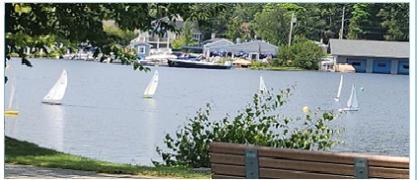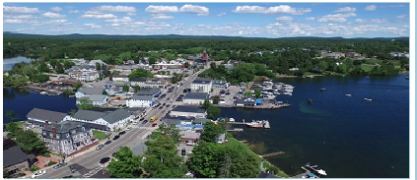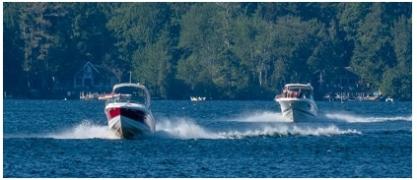Assessing Water Quality Conditions and Trends
Assessments of lake conditions and trends rely upon the integration of several different types of information and data, including:
- Observations: While the inputs below are largely quantitative, observations of events or of trends can be very important. For example, observations of trends in the growth of plants, algae, and other life during a season or over years can be important in determining whether the quality of our lakes are getting degraded or improved. The observation of suspected blooms may be the most important way to determine local threats from cyanobacteria. Other important observations can identify important sources of nutrient runoff to our lakes.
- Measurements: The determination of many of the water quality parameters involves direct measurement, such as temperature, clarity (Secchi disk), oxygen concentration in the water, conductivity, and acidity (pH). These are measured and recorded immediately.
- Laboratory Analyses: Other parameters are determined on samples that have been collected in our lakes, sometimes processes per instructions, stored as prescribed, and transferred to a laboratory for analysis. Such parameters typically include measurement of total phosphorous concentrations, chlorophyll-a, phycocyanin, and pathogen concentrations (although in some cases instruments are available to measure such parameters directly in the field).
- Modeling: Modeling is often used for parameters when applicable observations, measurements, and laboratory analyses are impossible or impractical. For example, models are needed to predict the impact on nutrient loadings of future land developments or best management practices (BMPs) to reduce stormwater runoff or to predict nutrient contributions from the many septic systems that may be near local waterbodies.
Generally, the more that parameter inputs can be observed, measured, and analyzed directly, the more precise and reliable the resulting assessments will be.










